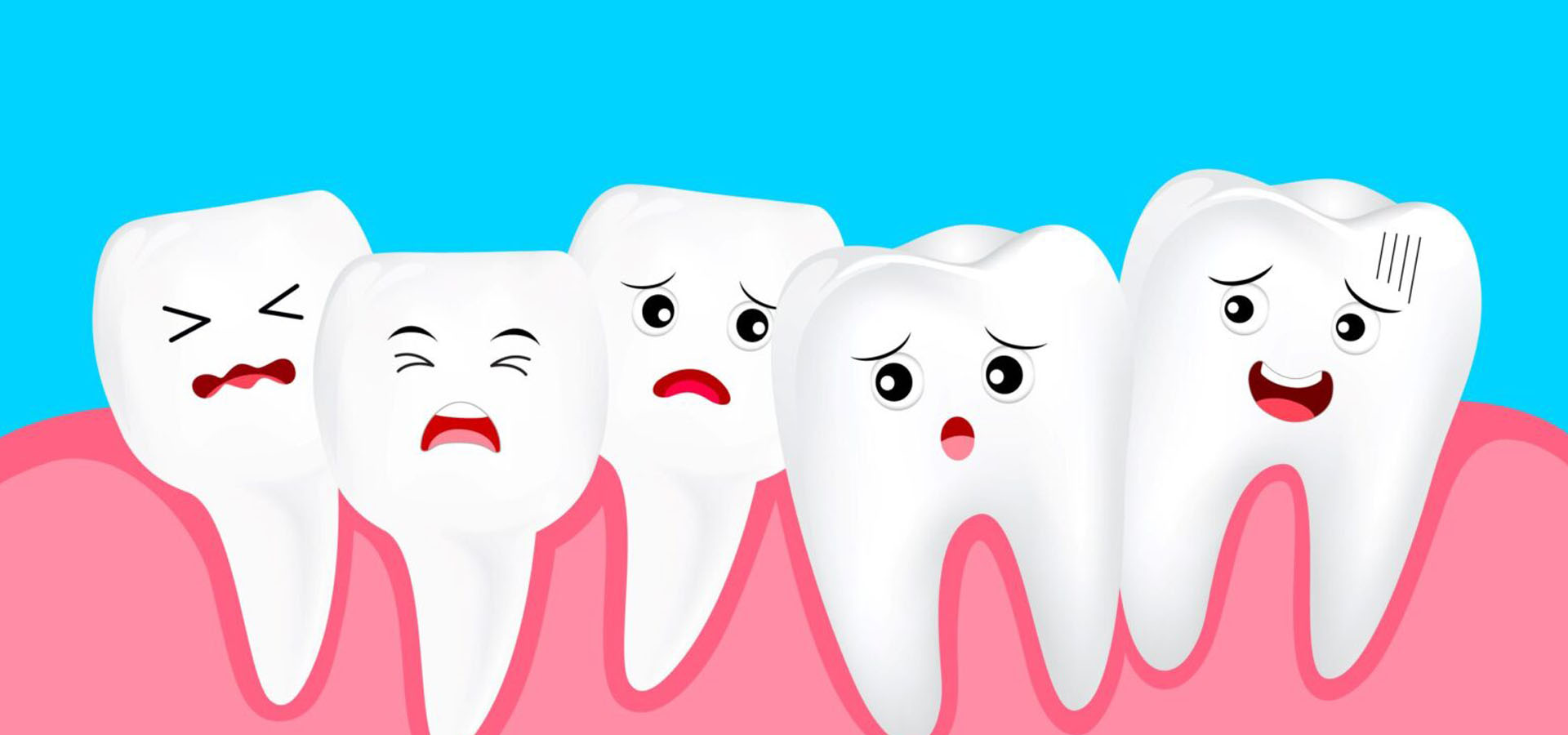Many people think of their teeth as firm, immovable structures in their mouths that don’t ever change. The truth is, though, that they’re attached by different muscles and ligaments in your mouth that have a natural elasticity like any others. That means they have a certain capacity for limited movement within your mouth.
If you’ve always had a perfectly straight smile and have noticed that things have begun to shift, it’s natural to wonder what might be causing the problem. Continue reading to learn about three possible reasons for this alteration and the different ways your orthodontist can help!
Issue #1: Aging
As you grow older, the tissues and fibers surrounding your teeth and jawbone decline. Without as firm a foundation, your pearly whites can become loose and start to drift out of alignment. To make matters worse, your body produces less new bone growth as you age, resulting in a thinning jawbone. The reduced bone density can weaken the connections attached to your teeth, causing them to shift.
The best way to address it is to schedule a consultation with your orthodontist. They’ll examine your condition and recommend the best solution based on your circumstances. For example, both Invisalign and traditional braces can reposition your pearly whites, and the best option for you depends on the severity of your condition.
Issue #2: Tooth Loss
Another common culprit behind migrating mouths is tooth loss. The number one leading cause is progressive gum disease, and according to the American College of Prosthodontists, an estimated 178 million Americans are missing at least one.
Unfortunately, any remaining teeth will naturally move out of their places to fill in the gap left behind by the one that went missing. Not only does this leave you with a less-even appearance, but it also wears down your enamel unevenly, making you more prone to cavities, gum disease, and injuries. Braces, clear aligners, and other oral appliances can rearrange your teeth and boost your confidence.
Issue #3: Teeth Grinding
Also known as bruxism, chronic teeth grinding impacts an estimated 30% of people. This can happen subconsciously at night while you’re sleeping, or during the day as a response to stress and anxiety.
This habit erodes your enamel and can even change the shape of your teeth. For instance, your molars can eventually wear down from constant clenching. Plus, all the added pressure can eventually push your pearly whites out of alignment. Your provider can give you a custom-fitted night guard to mitigate the impact and preserve your smile.
As you can see, your orthodontist offers many different services that can reverse your dental drifting!
If you’ve been thinking about straightening your smile with the help of braces or Invisalign, schedule a consultation with Dr. Quintanal and the team today at 954-737-2300.

Dr. Ovy Quintanal is a South Florida orthodontist and the founder of Oceanside Orthodontics in Fort Lauderdale, FL.







